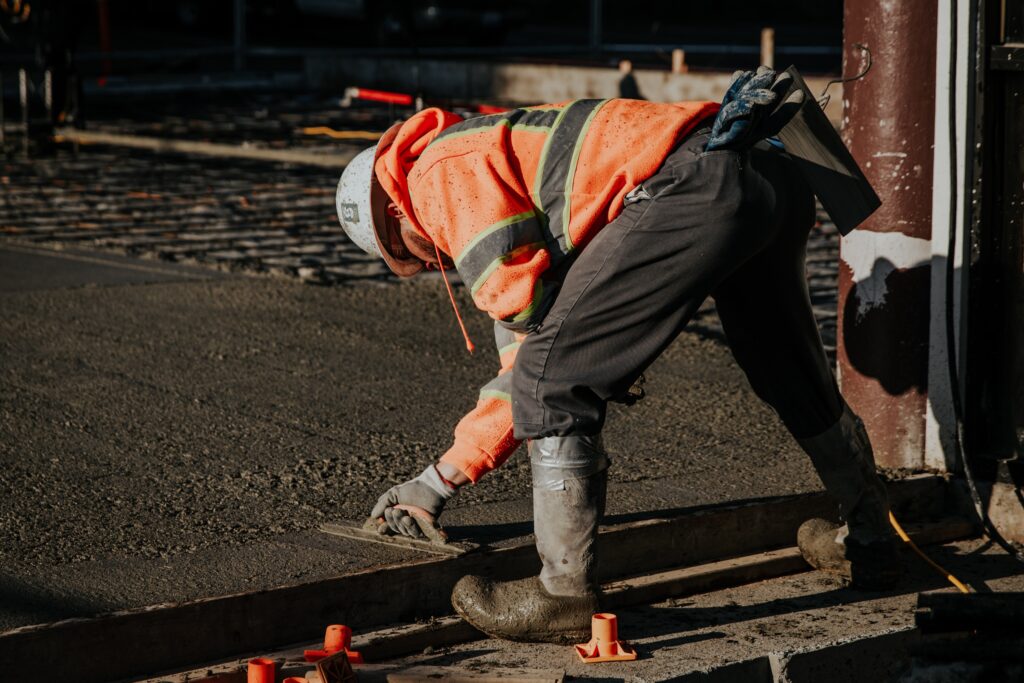The Essential Guide to Asphalt Repair: Tips and Techniques
by siteadmin

Asphalt, the ubiquitous material that forms the foundation of our roads, driveways, and parking lots, is a resilient and durable substance. However, over time, wear and tear, weather conditions, and other factors can cause cracks, potholes, and deterioration. Fortunately, asphalt repair techniques exist to restore its integrity and prolong its lifespan. In this comprehensive guide, we’ll delve into the world of asphalt repair, exploring common issues, best practices, and DIY tips to keep your surfaces smooth and safe.
Understanding Asphalt Damage: Before delving into repair methods, it’s crucial to understand the common types of asphalt damage:
- Cracks: These are small fissures that develop due to temperature fluctuations, water infiltration, or heavy loads.
- Potholes: Potholes are depressions in the asphalt surface caused by a combination of water, freezing temperatures, and constant traffic.
- Rutting: This is the formation of channels or grooves in the asphalt caused by repeated traffic patterns.
- Surface Oxidation: Over time, exposure to the elements can cause the surface of asphalt to oxidize, resulting in a faded appearance and reduced flexibility.
Repair Techniques:
- Crack Sealing: For small cracks, crack sealing is an effective method to prevent water infiltration and further deterioration. This involves filling the cracks with a specialized sealant to create a barrier against moisture.
- Patching: Potholes and larger cracks require patching to restore the integrity of the asphalt surface. This involves cutting out the damaged area, cleaning the area, and filling it with fresh asphalt or a patching compound.
- Overlay: In cases where the damage is extensive but the base of the asphalt is still intact, overlaying a new layer of asphalt can provide a cost-effective solution. This involves applying a new layer of asphalt over the existing surface, providing added strength and durability.
- Resurfacing: Resurfacing is similar to overlaying but involves a thicker layer of asphalt. It’s suitable for surfaces with moderate to severe damage and provides a longer-lasting solution.
DIY Tips: While some asphalt repairs require professional expertise, there are several DIY tips you can follow to address minor issues:
- Clean the Surface: Before attempting any repairs, thoroughly clean the asphalt surface to remove debris, dirt, and vegetation.
- Use Quality Materials: Invest in high-quality sealants, patching compounds, and asphalt mixtures for lasting results.
- Follow Instructions: Whether you’re sealing cracks or patching potholes, carefully follow the manufacturer’s instructions to ensure proper application and effectiveness.
- Regular Maintenance: Conduct routine inspections and maintenance to identify and address issues early, preventing costly repairs down the line.
Asphalt repair is essential for maintaining safe and functional surfaces in our communities. By understanding common types of damage and employing the right repair techniques, you can extend the lifespan of your asphalt surfaces and ensure smooth travels for years to come. Whether you’re tackling minor cracks or major potholes, remember that timely intervention and regular maintenance are key to preserving the integrity of your asphalt infrastructure.
Asphalt, the ubiquitous material that forms the foundation of our roads, driveways, and parking lots, is a resilient and durable substance. However, over time, wear and tear, weather conditions, and other factors can cause cracks, potholes, and deterioration. Fortunately, asphalt repair techniques exist to restore its integrity and prolong its lifespan. In this comprehensive guide,…
Recent Posts
- Asphalt Sealing Rochester NY – A Women-Owned Business With a Mobile App
- Asphalt Sealing Rochester NY – A Women-Owned Business With a Mobile App
- Maximizing the Longevity of Your Driveway: Effective Maintenance Strategies with Protective Sealants
- Full-Depth Asphalt Repair: Addressing Structural Issues Beneath the Surface
- Choosing the Right Driveway Repair Materials: Assessing Durability and Longevity
